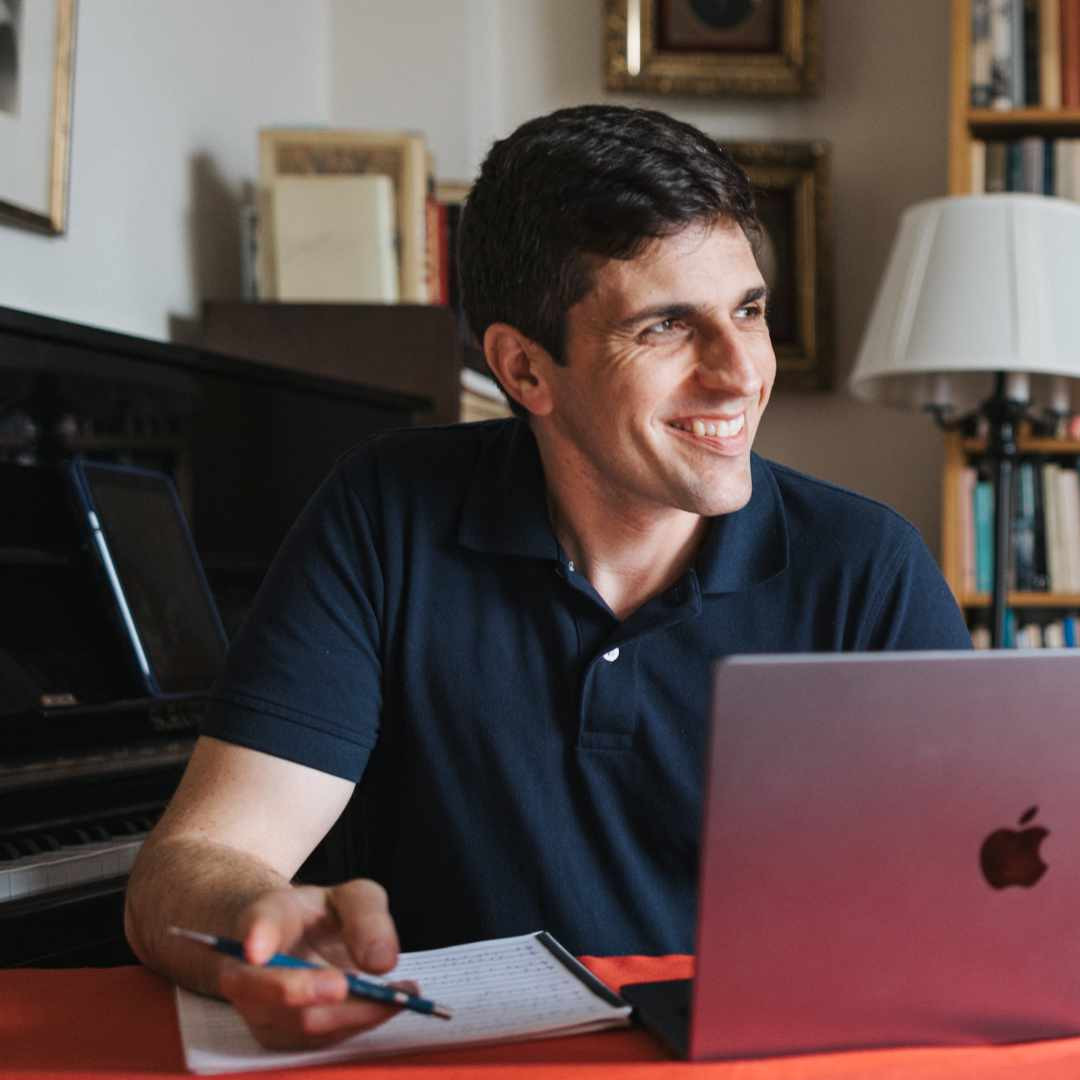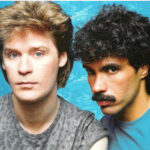The Star Wars saga is a cultural phenomenon, captivating audiences across generations. While iconic characters and epic storylines are central to its appeal, the Star Wars Theme Song, officially titled “Main Title,” composed by John Williams, is arguably just as recognizable and impactful. This legendary piece of music instantly transports listeners to a galaxy far, far away, setting the stage for adventure and wonder. But the power of the Star Wars theme and the entire score lies not just in its memorable melodies, but in the masterful orchestration that brings it to life.
To truly appreciate the genius of John Williams’s Star Wars score, it’s essential to delve into the orchestral techniques he employed. His approach is so comprehensive that it could be considered a modern-day “Young Person’s Guide to the Orchestra,” subtly educating audiences about the vast palette of sounds available within an orchestra. This exploration will primarily focus on examples from Star Wars: A New Hope, showcasing how Williams uses individual instruments and sections to create the iconic soundscape of the film.
For aspiring composers, orchestrators, and even avid Star Wars fans, understanding the instrumentation of the score offers invaluable insights into the emotional depth and cinematic impact of the music. Let’s explore some key examples of orchestral instrument usage within A New Hope.
The Woodwinds: Voices of Characters and Landscapes
Williams masterfully utilizes the woodwind family to evoke specific emotions and paint vivid sonic landscapes.
Flutes: Ethereal Beauty and Agility
The flute, with its bright and agile tone, often represents delicate beauty or moments of wonder.
-
Princess Leia’s Theme: The iconic theme associated with Princess Leia (0’00) opens with a solo flute, immediately establishing her grace and regal nature. This initial statement of Leia’s Theme is a prime example of how a solo instrument can carry a significant melodic and emotional weight, instantly connecting the audience to the character.
-
The Hologram: In “The Hologram” (1’27), the flute section takes center stage, adding an ethereal and slightly mysterious quality to the scene as Obi-Wan Kenobi presents Leia’s message. The use of the flute section here enhances the otherworldly and technological aspect of the hologram.
-
The Dune Sea of Tatooine – Jawa Sandcrawler: For a touch of whimsy and strangeness, the piccolo is employed in “The Dune Sea of Tatooine – Jawa Sandcrawler” (4’02). The solo piccolo’s higher register and piercing tone effectively underscore the quirky and somewhat unsettling presence of the Jawas.
Oboes and English Horns: Pastoral Charm and Melancholy
Oboes and their lower-pitched cousin, the English horn, bring a distinctive reedy quality, often used for pastoral or melancholic moments.
-
Princess Leia’s Theme: The oboe takes over Princess Leia’s Theme (0’08) shortly after the flute, adding a layer of warmth and gentle yearning to the melody. The slightly nasal tone of the oboe provides a different emotional color compared to the flute, enriching the thematic presentation.
-
The Hologram – Binary Sunset: A solo oboe is featured in “The Hologram – Binary Sunset” (0’31) during the poignant binary sunset scene. The oboe’s solo here contributes to the scene’s feeling of vastness, solitude, and Luke Skywalker’s yearning for something more.
-
Princess Leia’s Theme (Variation): Further development of Leia’s Theme (1’10) showcases both solo oboe and then English horn, creating a richer and more complex emotional tapestry. The shift to the English horn adds a deeper, more melancholic hue to the theme, highlighting the character’s inner strength and vulnerability.
-
The Dune Sea of Tatooine – Jawa Sandcrawler: The English horn reappears in “The Dune Sea of Tatooine – Jawa Sandcrawler” (1’40, this time lending a slightly more mournful and exotic flavor to the desert landscape. Its use here contrasts with the piccolo, adding another layer to the musical depiction of Tatooine.
Clarinets: Versatility and Agility
Clarinets, known for their wide range and agility, are used for both melodic and harmonic textures.
-
The Hologram – Binary Sunset: A solo clarinet emerges in “The Hologram – Binary Sunset” (1’36), following the flute section. Its smooth, lyrical quality adds to the scene’s contemplative mood. The clarinet solo provides a bridge between the flute’s ethereal quality and the coming brass and string sections.
-
The Dune Sea of Tatooine – Jawa Sandcrawler: The clarinet section is featured in “The Dune Sea of Tatooine – Jawa Sandcrawler” (2’04), contributing to the bustling and slightly chaotic atmosphere associated with the Jawas. The section work adds a layer of texture and activity to the musical depiction of the Jawa Sandcrawler.
Bassoons: Humor and Low-End Richness
Bassoons, with their distinctive sound ranging from humorous to rich and sonorous in the lower register, provide both character and foundation.
-
The Dune Sea of Tatooine – Jawa Sandcrawler: A high register bassoon solo in “The Dune Sea of Tatooine – Jawa Sandcrawler” (2’00) provides a touch of quirky characterization, perhaps reflecting the somewhat clumsy nature of the Jawas or the strange creatures of Tatooine.
-
The Dune Sea of Tatooine – Jawa Sandcrawler: The bassoon section also appears in “The Dune Sea of Tatooine – Jawa Sandcrawler” (4’10, adding depth and weight to the lower end of the orchestral texture. This section work provides a grounding element to the overall orchestration.
The Brass: Heroism and Grandeur
The brass section is undeniably central to the Star Wars sound, embodying heroism, conflict, and the grand scale of the space opera. The Star Wars theme song itself is instantly recognizable thanks to its powerful brass fanfare.
French Horns: Noble Strength and Warmth
French horns, with their mellow yet powerful tone, often evoke nobility and heroism, as well as moments of warmth and reflection.
-
The Hologram – Binary Sunset: A solo French horn in “The Hologram – Binary Sunset” (2’21) adds a touch of heroic longing to the scene. This solo builds upon the earlier woodwind solos, adding a layer of emotional intensity.
-
Princess Leia’s Theme: The French horn also supports Princess Leia’s Theme (0’14, lending its noble character to her melodic representation. The horn reinforces the regal and dignified aspects of Leia’s character.
Trumpets: Fanfares and Bold Statements
Trumpets, known for their bright and penetrating sound, are perfect for fanfares and bold, declarative statements.
-
Burning Homestead: A solo trumpet opens “Burning Homestead” (0’00), immediately signaling tragedy and alarm. The stark solo trumpet effectively conveys the shock and devastation of the homestead attack.
-
The Dune Sea of Tatooine – Jawa Sandcrawler: A muted trumpet section appears in “The Dune Sea of Tatooine – Jawa Sandcrawler” (2’45), providing a contrasting, more subdued brass color. The muted trumpets might suggest a sense of mystery or hidden danger within the desert landscape.
Trombones: Power and Majesty
Trombones, with their powerful and majestic sound, are often used for moments of grandeur and dramatic weight.
- Burning Homestead: The trombone section enters in “Burning Homestead” (0’54), adding to the growing sense of tragedy and impending conflict. The trombones amplify the drama and scale of the homestead burning scene.
Tuba: Foundation and Groundedness
The tuba, the lowest brass instrument, provides a solid foundation to the orchestral sound, often used for moments of gravity or imposing presence.
- The Dune Sea of Tatooine – Jawa Sandcrawler: A tuba solo in “The Dune Sea of Tatooine – Jawa Sandcrawler” (3’15) adds a sense of weight and perhaps even a touch of the grotesque to the scene. The tuba’s low register can evoke feelings of the strange and unfamiliar.
Percussion and Harp: Rhythm and Color
Beyond melody and harmony, rhythm and sonic color are crucial in film scoring. Percussion and harp contribute significantly to the texture and impact of the Star Wars score.
Percussion: Action and Drama
Percussion instruments, in their vast array, provide rhythmic drive and dramatic punctuation.
- The Battle of Yavin: Timpani are prominently featured in “The Battle of Yavin” (7’37), driving the action and heightening the tension during the climactic battle sequence. The timpani’s powerful rhythmic presence is essential for conveying the scale and intensity of the space battle.
Harp: Magical Shimmer and Celestial Beauty
The harp, with its shimmering glissandos and delicate plucked sounds, often adds a touch of magic or celestial beauty.
- Across the Stars: The harp is featured in “Across the Stars” (4’37 – from Attack of the Clones, demonstrating Williams’s consistent orchestral approach across the saga), contributing to the romantic and ethereal quality of Anakin and Padmé’s love theme. While not from A New Hope, this example shows how the harp is used thematically throughout the Star Wars universe to add a layer of beauty and wonder.
Strings: The Heart of the Orchestra
The string section, the largest and most versatile in the orchestra, forms the core of the orchestral sound, capable of expressing a vast range of emotions.
Violins: Brilliance and Passion
Violins, with their bright and expressive tone, often carry the main melodies and soaring passages.
-
Princess Leia’s Theme: The violin section takes up Princess Leia’s Theme (2’22), adding brilliance and emotional intensity to the melody. The string section provides a full and lush presentation of the theme, building upon the earlier solo instrument statements.
-
Princess Leia’s Theme: A solo violin also appears in Princess Leia’s Theme (3’57), offering a more intimate and personal expression of the theme. The solo violin allows for a more nuanced and emotionally direct delivery of the melody.
Violas: Warmth and Inner Voice
Violas, with their warmer and darker tone than violins, often provide harmonic richness and a sense of inner voice.
- Han Solo and the Princess: The viola section is featured in “Han Solo and the Princess” (2’33 – from The Empire Strikes Back), adding a layer of emotional depth and romantic warmth to this iconic theme. Again, while not from A New Hope, this illustrates the consistent use of the viola section in Williams’s scoring.
Cellos: Melody and Rich Bass
Cellos, with their rich and expressive tone across a wide range, can carry melodies as well as provide a warm bass foundation.
- Burning Homestead: Cellos are doubled by French horns in “Burning Homestead” (1’28), adding a mournful and weighty quality to the scene. The doubling with French horns enriches the texture and emotional impact.
Double Basses: Deep Foundation and Rumble
Double basses, the lowest string instruments, provide the deepest foundation to the orchestra, adding weight, rumble, and gravitas.
- The Hologram – Binary Sunset: Double basses are doubled with low cellos in “The Hologram – Binary Sunset” (0’00), creating a deep and resonant low end that underpins the vastness of the scene. The combination of cellos and basses creates a powerful and immersive sonic foundation.
 Joseph Sowa Newsletter
Joseph Sowa Newsletter
Conclusion: The Enduring Power of Orchestration in Star Wars
John Williams’s Star Wars scores, and particularly the Star Wars theme song, are testaments to the power of masterful orchestration. By carefully selecting and combining instruments from each section of the orchestra, Williams creates a rich, dynamic, and emotionally resonant soundscape that is as integral to the Star Wars experience as the visuals and narrative. Exploring the instrumentation of A New Hope reveals the depth and detail within this iconic score, offering valuable insights for anyone interested in film music, orchestration, or simply appreciating the magic behind the Star Wars theme song. The next time you hear the soaring Star Wars theme song, listen closely and appreciate the incredible artistry of orchestration that brings this galaxy to life.

